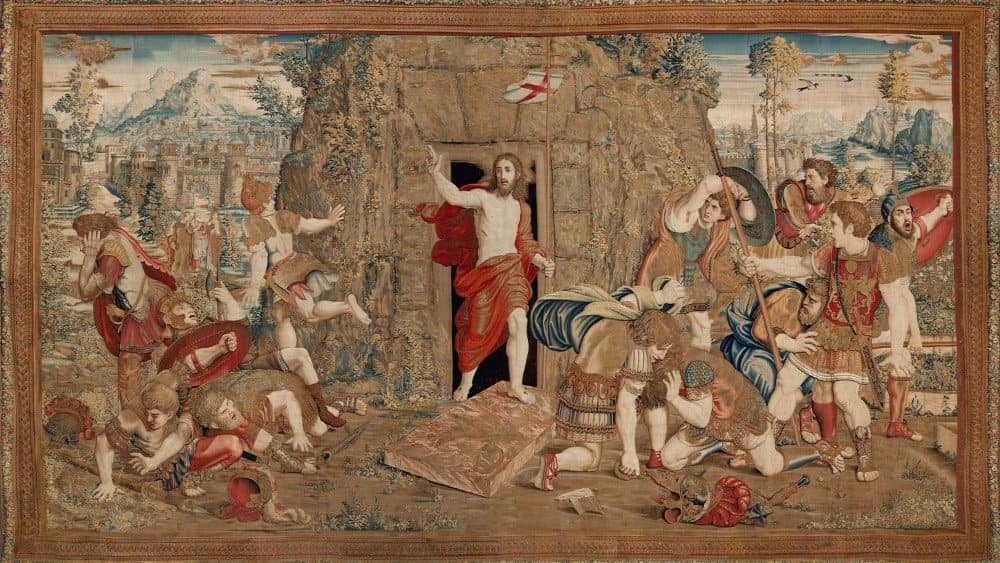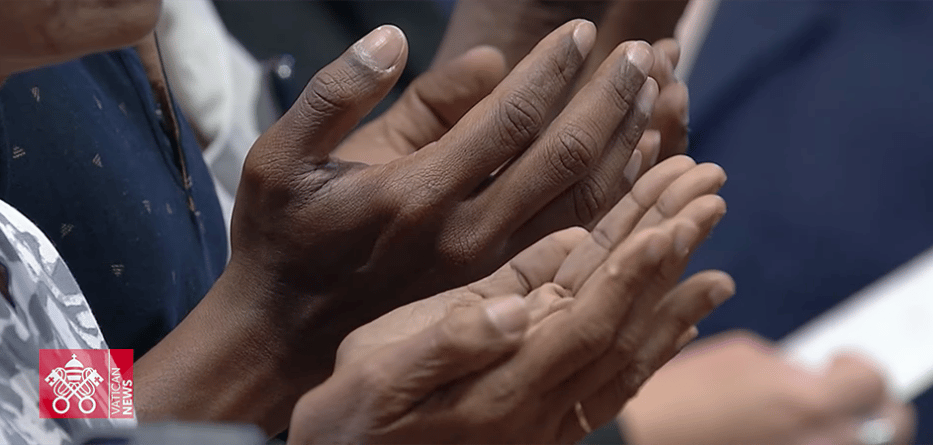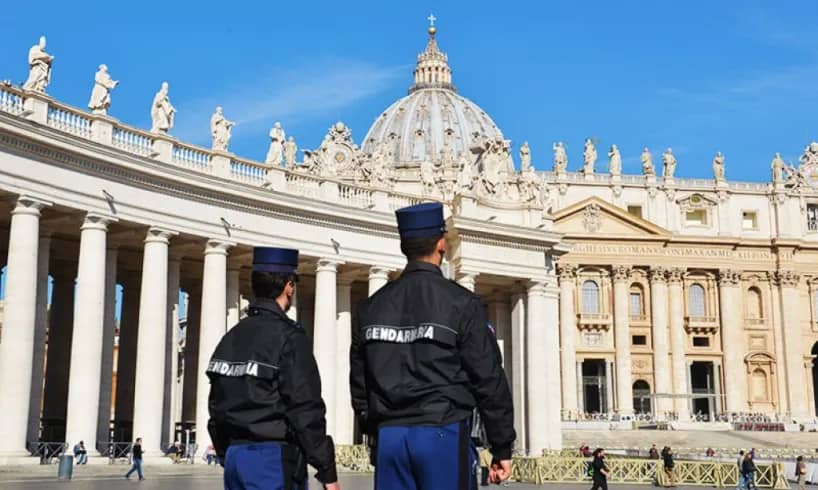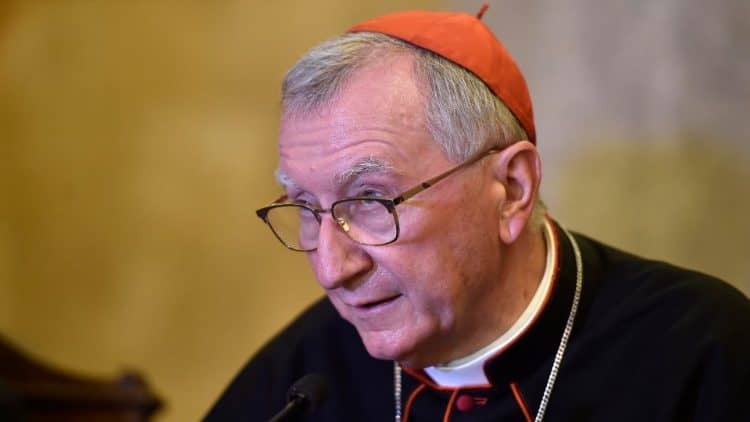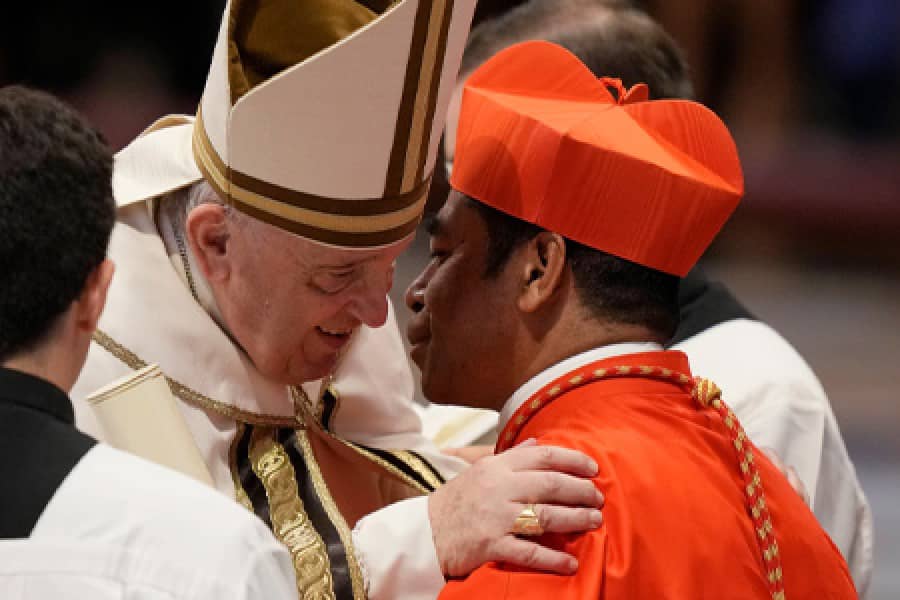Krakow is a city of saints, and four great souls from the modern age stand tall as radiant examples of courageous faith in troubling times. All four have a special link and meaning with World Youth Day.
They are two men and two women. They are two philosophers and two simple souls. Two were killed at Auschwitz. Two lived life to its natural end. The four saints are St. Teresa Benedicta of the Cross (Edith Stein) Pope St. John Paul II, St. Maximillian Kolbe and St Faustina Kowalska.
St. Teresa Benedicta and Pope St. John Paul II were both philosophers. As pope, John Paul II was the inspiration and founder of World Youth Day, and Sister Teresa Benedicta of the Cross is one of the patrons of World Youth Day.
St Teresa Benedicta was born with the name Edith Stein. Her family was Jewish, but by her teenage years she had become an atheist. She studied philosophy at university , and after completing her doctoral thesis in 1916 she got a teaching job at the University of Freiburg in Germany.
Edith’s area of philosophy was “phenomenology.” This area of study attempts to understand the relationship of human perceptions, emotions and consciousness with reality. This interest brought Edith to a study of mysticism in religion and to the life and work of sixteenth century Carmelite St Teresa of Avila. She was drawn to the Catholic faith, baptized and eventually became a Carmelite nun in a German monastery.
By 1938 the Nazi threat to everyone of Jewish descent was growing, so Sister Teresa Benedicta and her sister Rosa, (who had also become a nun) were sent to a monastery in the Netherlands for their safety. After the Germans invaded the Netherlands and the Catholic bishops spoke out against them, they launched an attack on Jewish Catholic converts.
On August 2, 1942 Edith and Rosa were arrested and sent to the Auschwitz concentration camp, where they died in the gas chamber about one week later.
While most people are aware of the gigantic stature of Pope St. John Paul II in the history of the twentieth century, not all are aware of his status as a philosopher. The future pope Karol Wojtyla was ordained as a priest in Krakow on November 1, 1946— four years after Sister Teresa Benedicta’s death in Auschwitz.
Two years later he was in Rome defending his doctoral thesis in the philosophy of the other famous Carmelite mystic, St. John of the Cross. On his return to Poland he taught philosophy at the Jagiellonian University in Krakow and at the Catholic University of Lublin.
In 1957 he earned a Doctorate in Sacred Theology. Like St. Teresa Benedicta, it was in the area of phenomenology. The future Pope John Paul developed a theological approach that combined traditional Catholic philosophy of St. Thomas Aquinas with the ideas of personalism—a philosophical approach deriving from phenomenology.
The first two of our World Youth Day saints were intellectuals. They were, if you like, “head saints,” The second pair, however, are “heart saints.”
The hearts of St. Faustina and St. Maximillian Kolbe burn with the love of God. They connect with young people because both of them experienced the reality of God’s love and the call to serve him unconditionally when they were both very young.
Raymund Kolbe was born on 8 January 1894 in Zduńska Wola, in Poland. His life was strongly influenced in 1906 by a childhood vision of the Virgin Mary.
He said, “That night I asked the Mother of God what was to become of me. Then she came to me holding two crowns, one white, the other red. She asked me if I was willing to accept either of these crowns. The white one meant that I should persevere in purity, and the red that I should become a martyr. I said that I would accept them both.”
By 1907, aged just thirteen, Raymund and his brother had left home to join the Franciscans. At sixteen he became a Franciscan novice and was a fully professed friar by the age of twenty. Full of youthful, burning zeal for Christ and a powerful love for Mary Immaculate, Fr Maximillian Kolbe became a radiant witness of Christ’s love in the world.
He started a monastery at Niepokolanow which, in his lifetime, attracted nearly 800 young men. He published magazines that reached millions, went to Japan, and then India to do missionary work and returned to Poland, only to face the horror of the Nazi occupation of Germany. He and his Franciscan friars stood up courageously and spoke out against the Nazi threat.
In February of 1941 the Gestapo closed Fr Maximillian’s monastery, arrested him and sent him to Auschwitz. In July, the prison guards decided to punish inmates for a recent escape. When one of the randomly chosen men pleaded for his life, Fr Maximillian offered to take his place. He was thrown into the basement starvation cell and, after two weeks with no food or water, he was given a lethal injection.
A similar “saint of the heart” is St Faustina Kowalska. Born into a poor family in the countryside of Poland, young Helena Kowalska felt a call to the religious life at the age of seven while praying before the Blessed Sacrament. At the age of nineteen she went to a dance with her sister and afterwards had a vision of Jesus instructing her to join a convent immediately.
Not knowing anyone in the city, with only four years of education and scarcely able to read and write, Helena set off for the city of Warsaw and began knocking on convent doors. Because of her ignorance and working class background she was rejected.
Eventually she was accepted by the Sisters of Our Lady of Mercy and took the name Faustina. She served in a humble capacity as a kitchen assistant and yard worker.
During that time she also had regular visions of Jesus who imparted the message of Divine Mercy which she recorded in a diary. She died at the convent in Krakow just 33 years of age, one year before the young Karol Wojtyla arrived in the same city to begin his university studies.
As World Youth Day begins in Krakow, these four great modern saints—two of the head and two of the heart—beckon the world’s young people. They call us to move forward into the future with a solid intellectual faith combined with the burning passion for Christ and his love.
If we see and hear their witness, then like them, those with minds enlightened by learning and hearts enflamed by the Divine Mercy may transform history.







